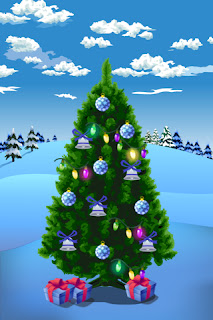 |
| Cursive Writing HD app |
What it is: Practice cursive writing by tracing at the level of letters (capitals or lower case), words, or sentences (where you can type your own sentence and have it presented in traceable format). There's a few settings that can be adjusted like color and thickness, but in general it's a one-trick pony: have written material presented so you can practice tracing it.
How we can use it in Tx: Decide on the complexity level you need (letter, word, sentence) and have your client practice tracing, preferably using a stylus rather than their finger. There's not a ton of different uses for this, and not a ton of pts that would need it. But right now I actually do have a pt that wants to work on her handwriting because it's harder for her to write than it used to be before her stroke. She has no problems reading, and she likes to write only in cursive. She has a hard time holding a writing utensil and pressing down enough to make clear markings on a page. Using a stylus to trace the letters on an iPad circumvents the problems with strength and gravity (where she is holding her paper up and trying to write with the pen's tip pointing up). She was used her nice handwriting and really wants to have it back. She has also forgotten how to write a few of the cursive letters (particularly capitals of some cursive letters, like Q and G). This app was just made for her.
Goals we can target with this app: Like I said, one-trick pony... so mostly writing, and as far as language goes, symbolic dysfunction to a point (if it's beyond very mild dysfunction, cursive is probably not the writing you'd work on). I think tasks can be implemented for field-neglect goals and, obviously, reading.
Some specific examples:
1. Writing: Choose the level you need to work on (letters, words, sentences) and, well, do.
2. For reading goals, if they are for very mild dysfunction with high-functioning pts, you can use this app to generate cursive sentences for pts to practice reading. Anything more severe than mild should probably not be addressed in cursive form.
3. For visual field neglect goals practicing tracing letters, words or sentences (especially sentences) may help work on both strong and neglected sides; you can assess how much cuing is needed to address the weaker side.


